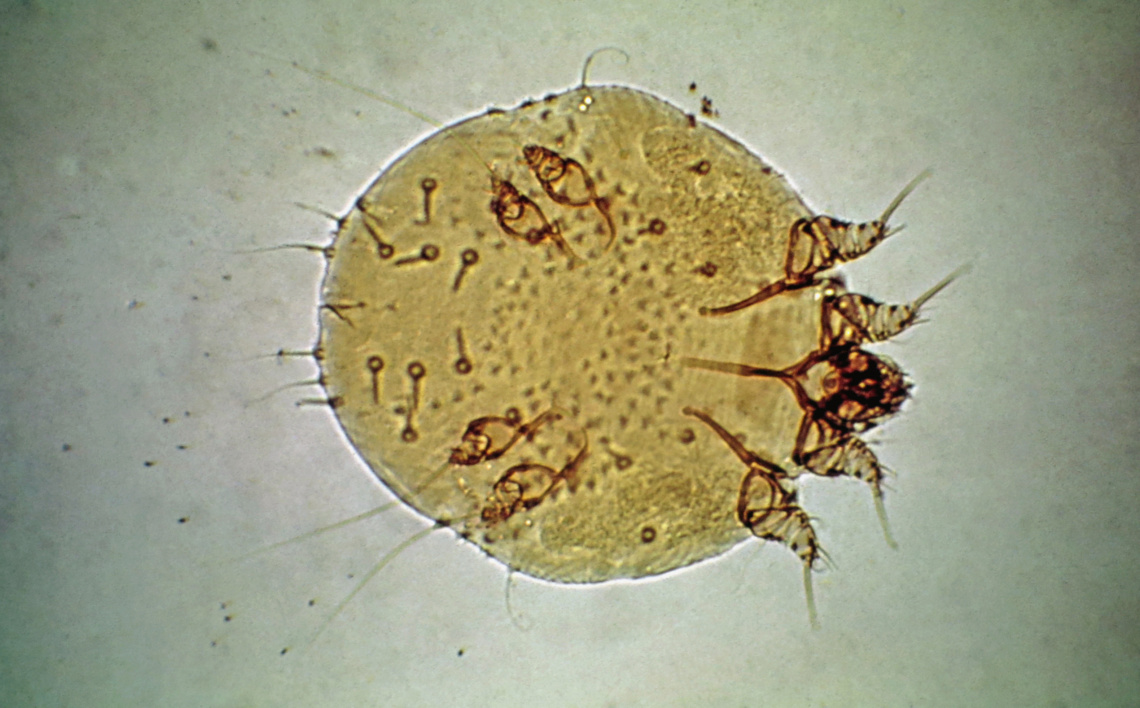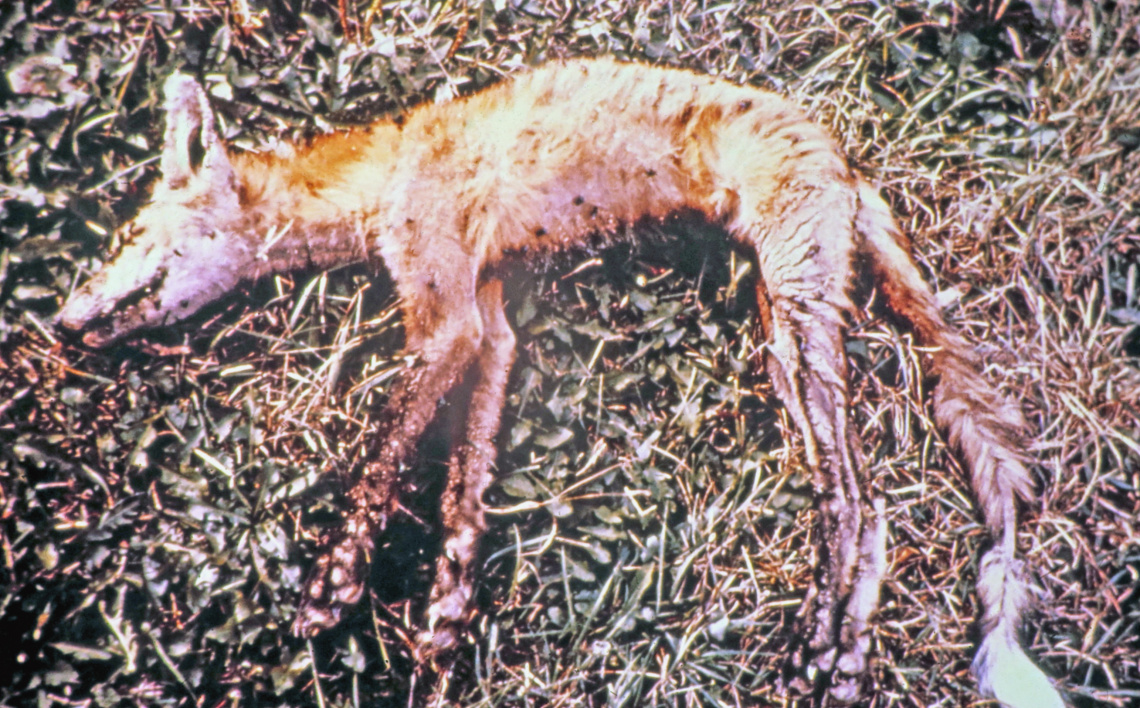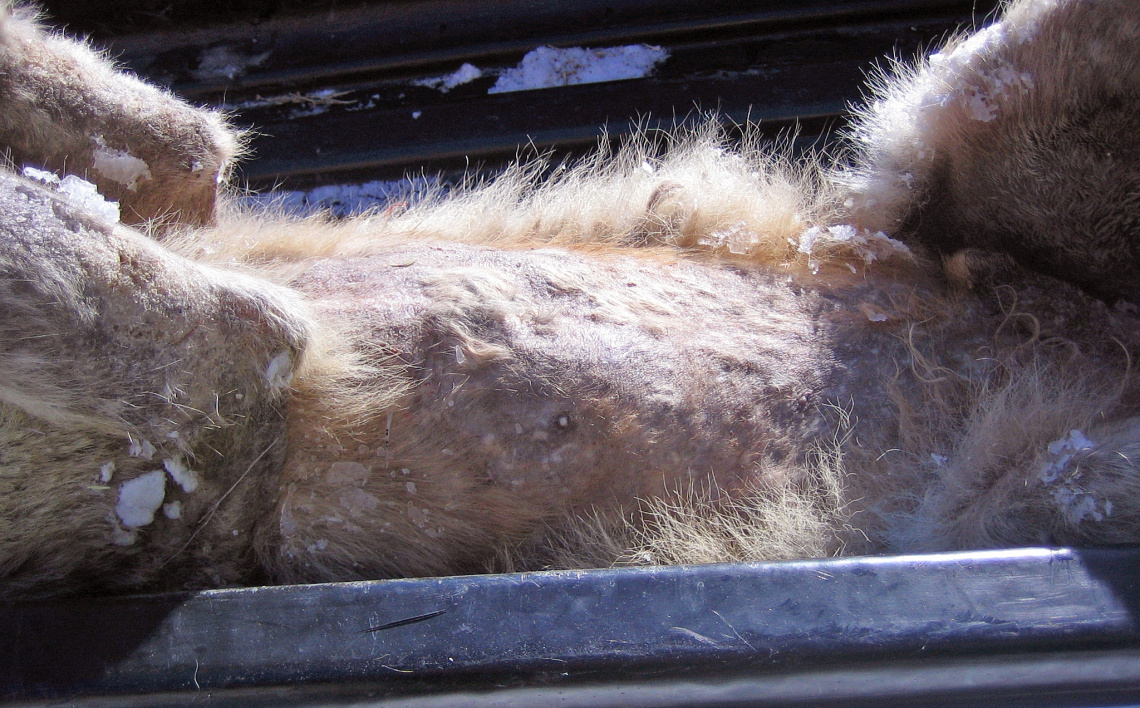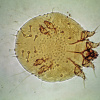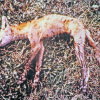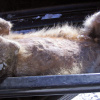Wildlife Health Diseases affecting Idaho's wildlife
About Sarcoptic Mange
Sarcoptic mange is caused by a mite, Sarcoptes scabiei var canis. The mites burrow into the skin, mate and lay eggs. The eggs hatch and grow into adult mites in approximately 2 weeks.
Commonly Affected Species:
Signs Of Disease
Animals infected with sarcoptic mange typically scratch excessively and have moderate to severe hair loss. The itching often results in excoriations of the skin and oozing of serum which creates crusts over the skin. The affected skin appears dry, flaky, thickened, and wrinkled. Some animals may appear weak and thin and some may die from secondary infections. Infected animals tend to be more visible in fall and winter.
Where is Disease Found?
Sarcoptic mange is found throughout North America, including Idaho.
How Can I Protect Myself?
Scabies in humans is caused by S. scabiei var hominis. Although the canine mite prefers members of the canine family, it will infect humans although the infestation is limited to the skin. Use rubber or latex gloves when handling animals or carcasses that are suspected to have mange. Limiting direct exposure to ill animals or contaminated areas, such as dens, is critical to disease prevention. Do not let domestic dogs or cats come in contact with infected wild carnivores or their den sites.
Samples to Collect
If there is concern about this condition, contact a conservation officer or an Idaho Department of Fish and Game Regional Office. Appropriate samples can be collected for testing if deemed necessary.
Can I Eat The Meat?
The meat from an animal with sarcoptic mange can be consumed by humans. The consumption of wild canines (coyotes, foxes and wolves) is not a common practice.

